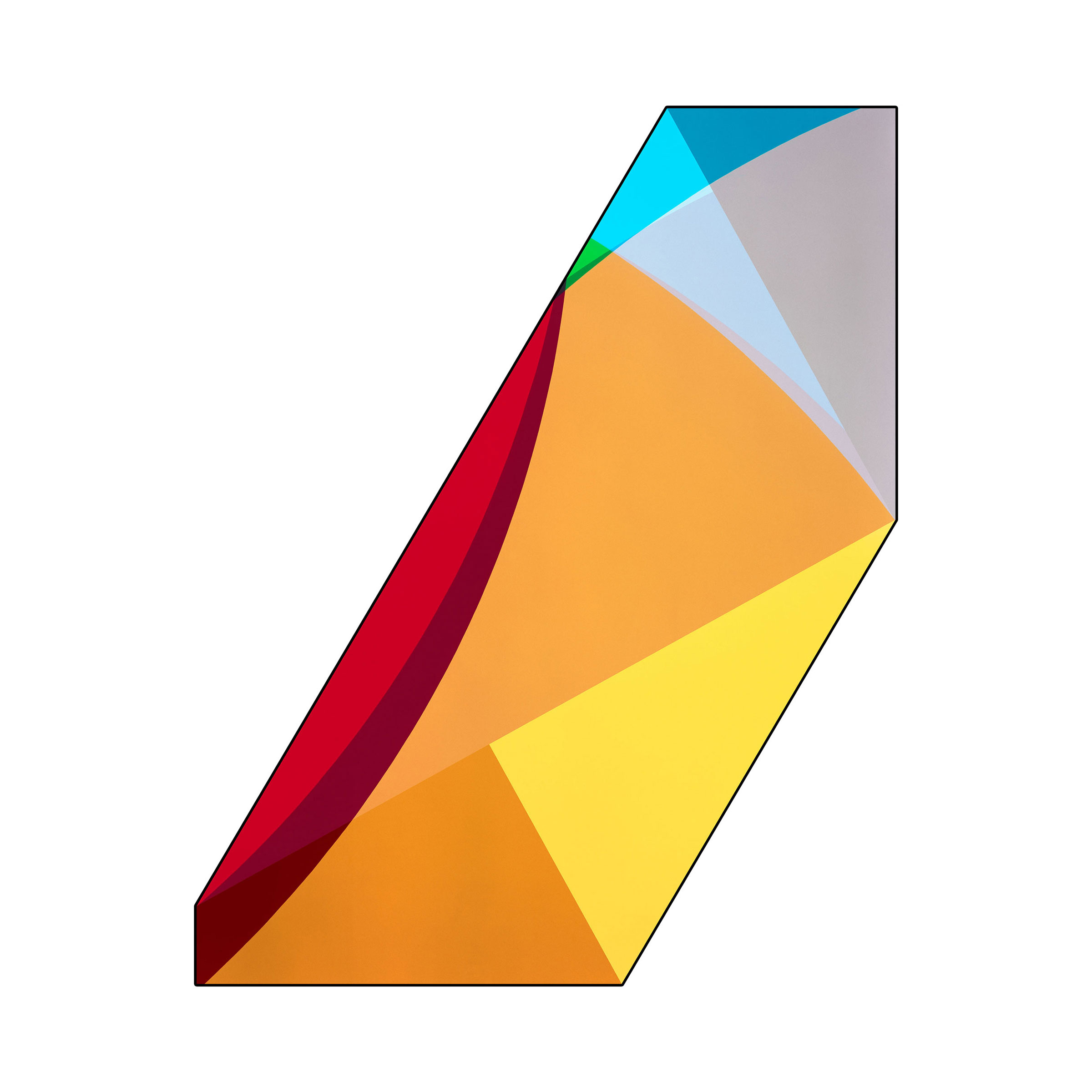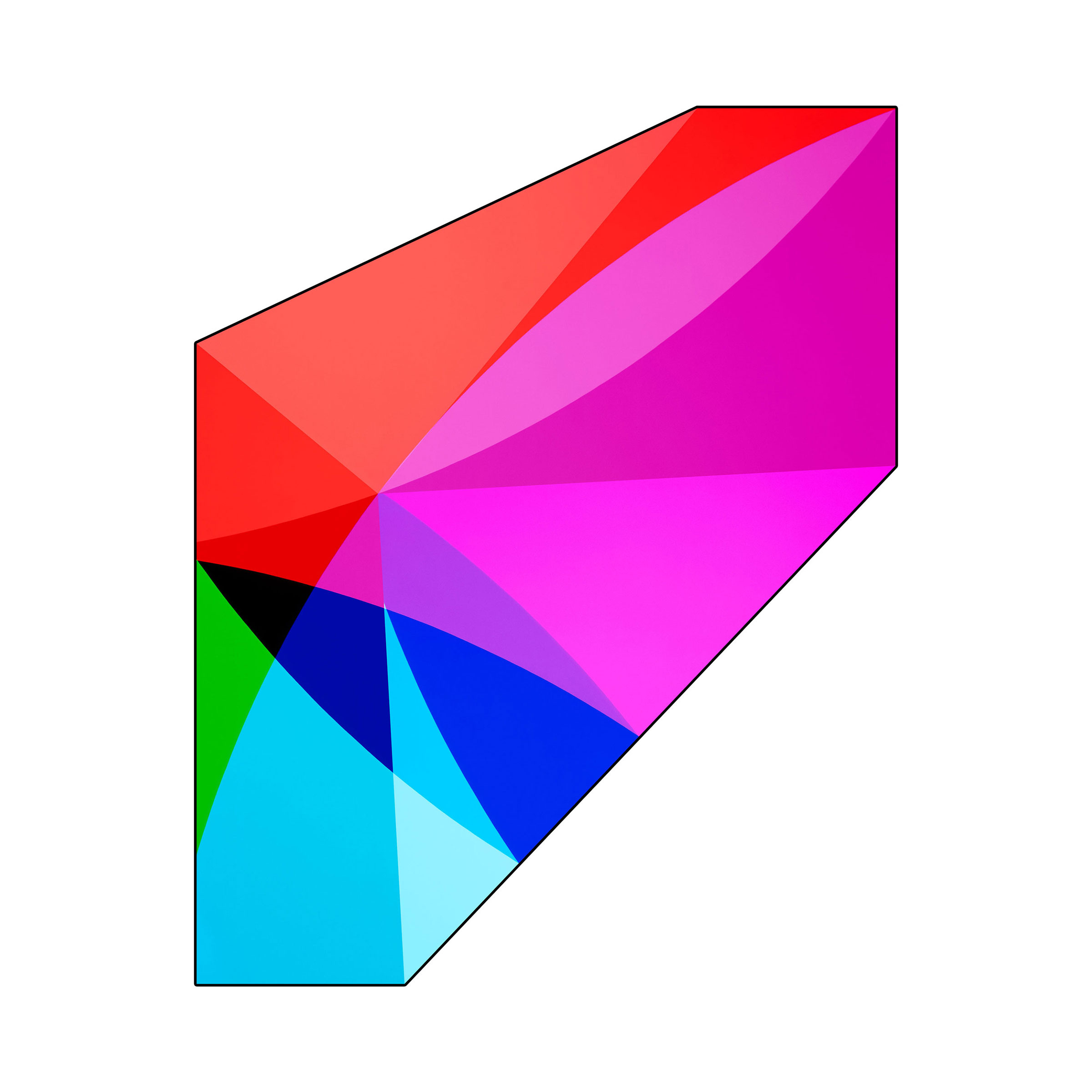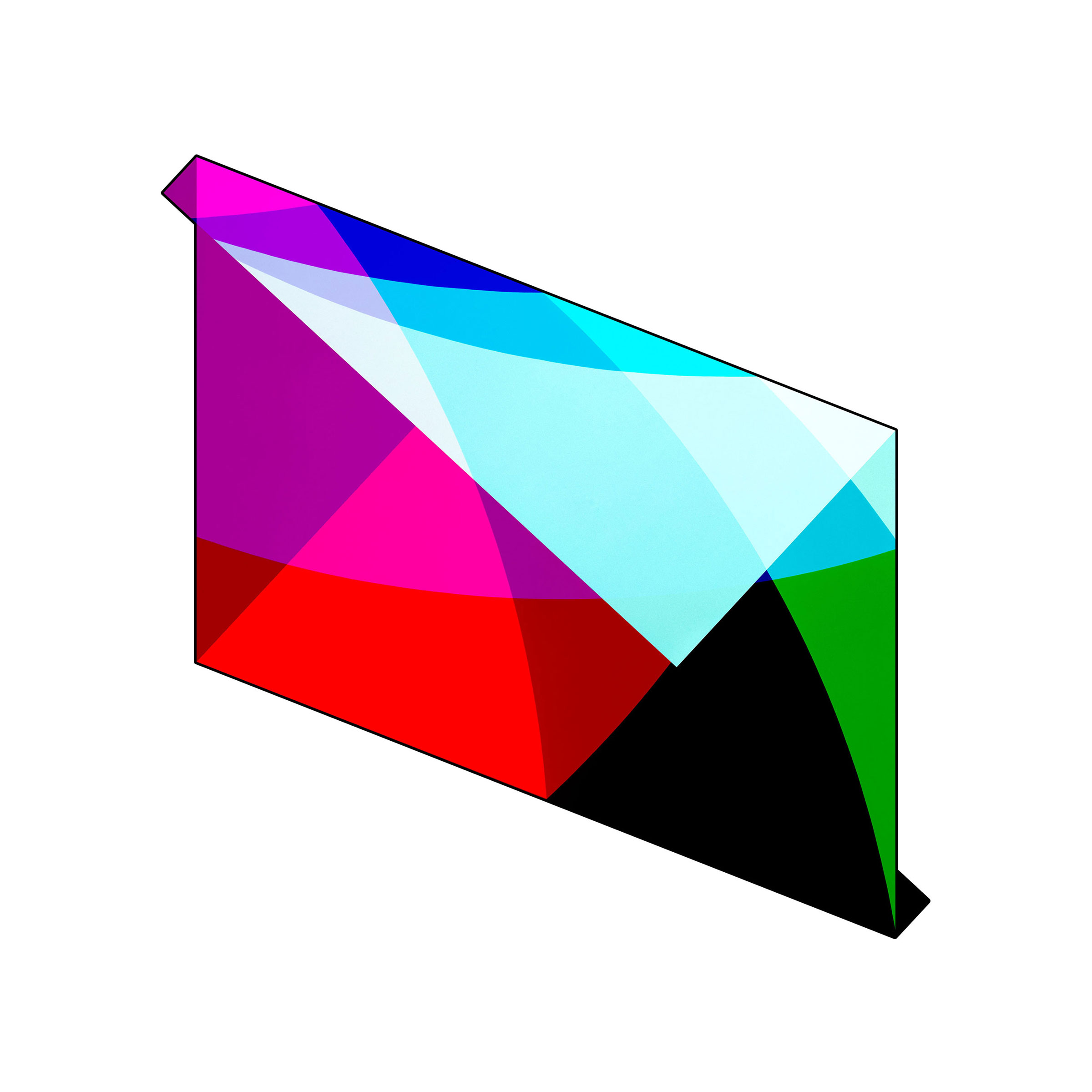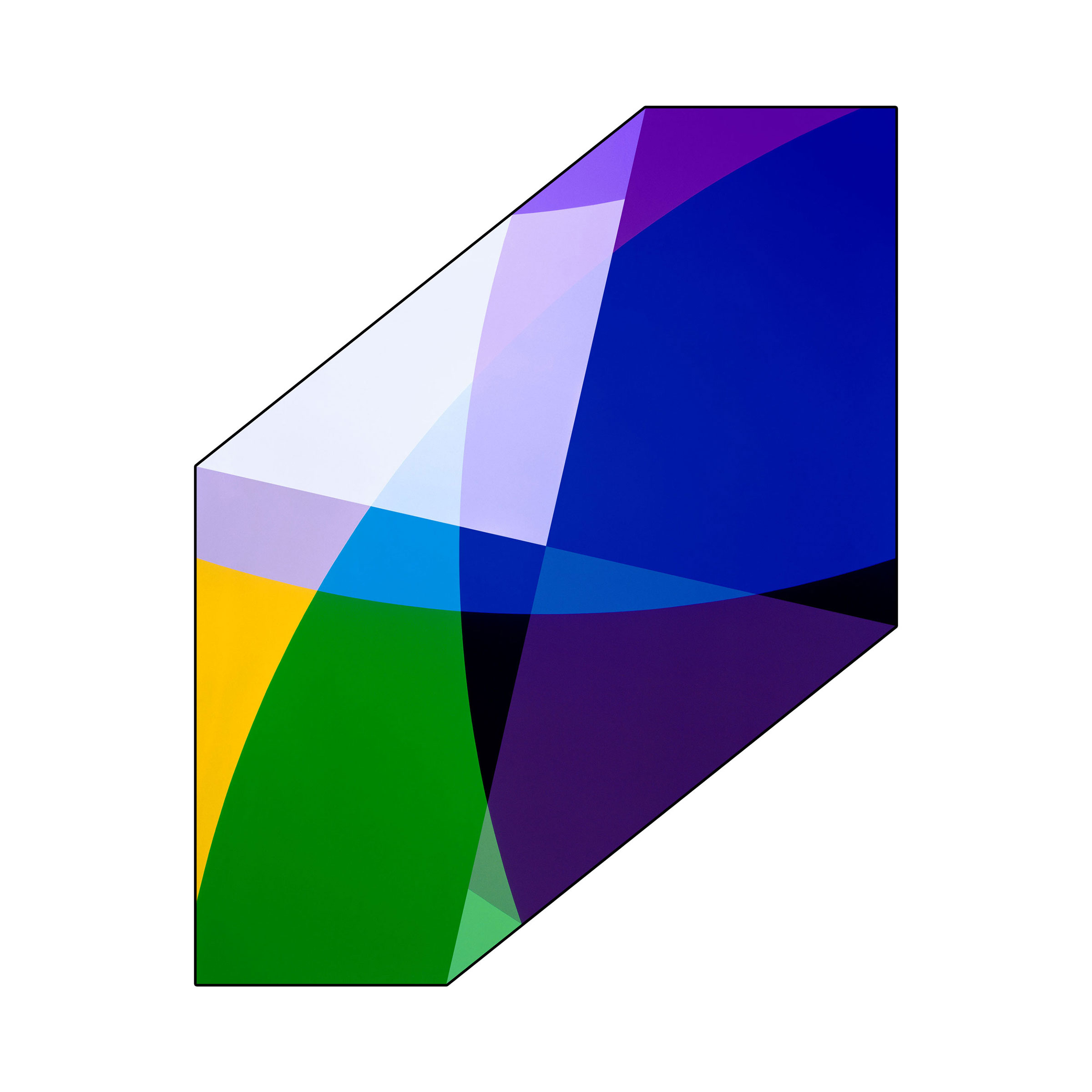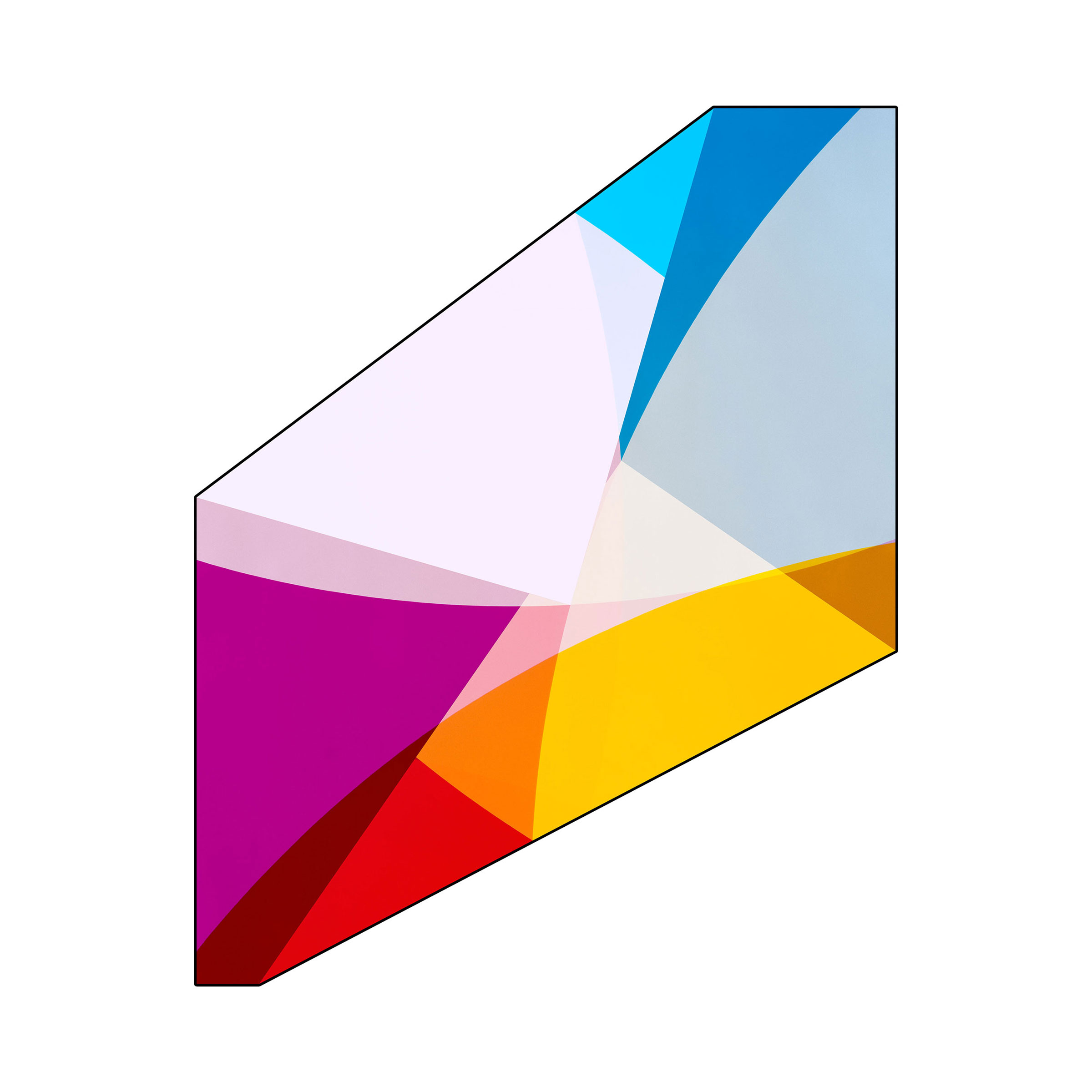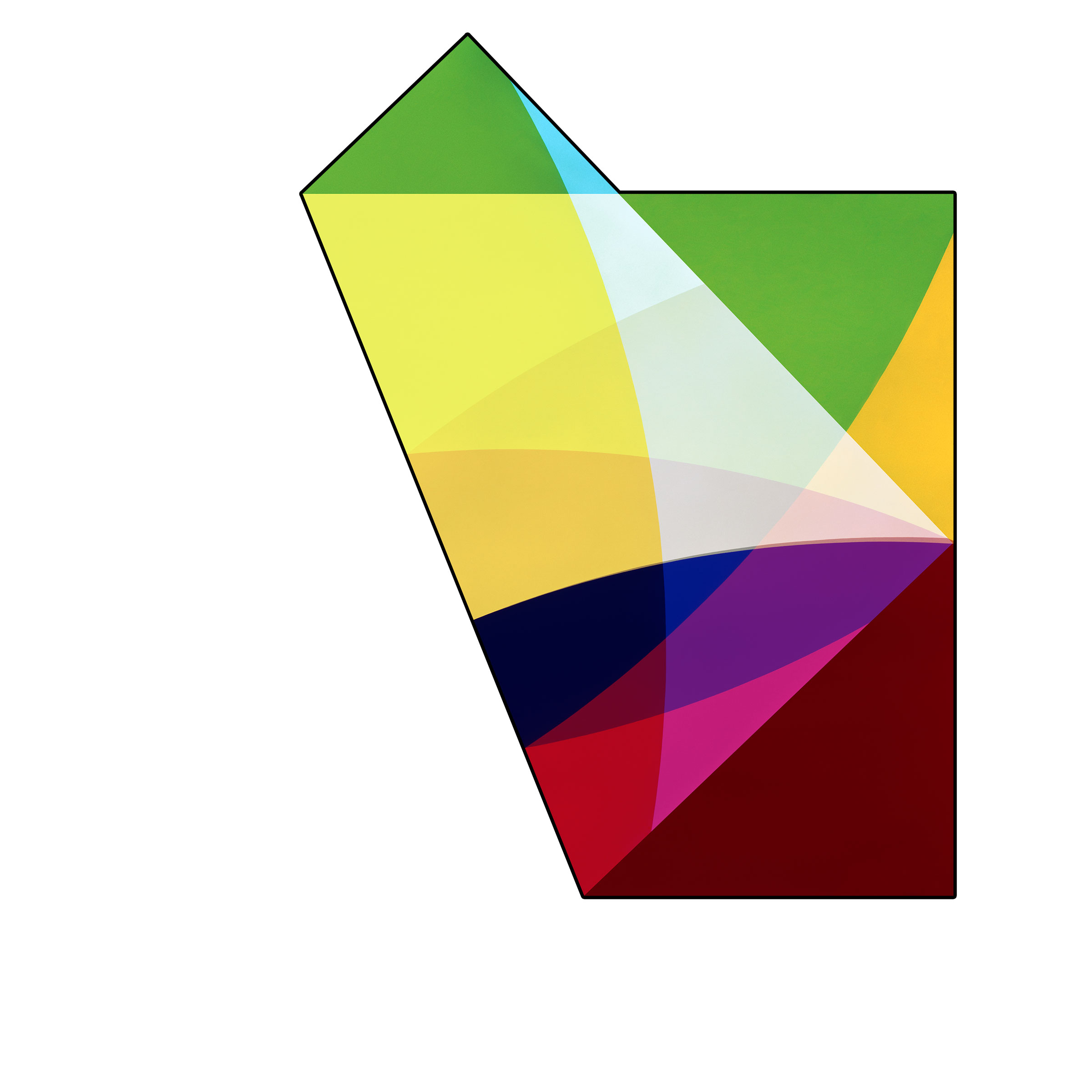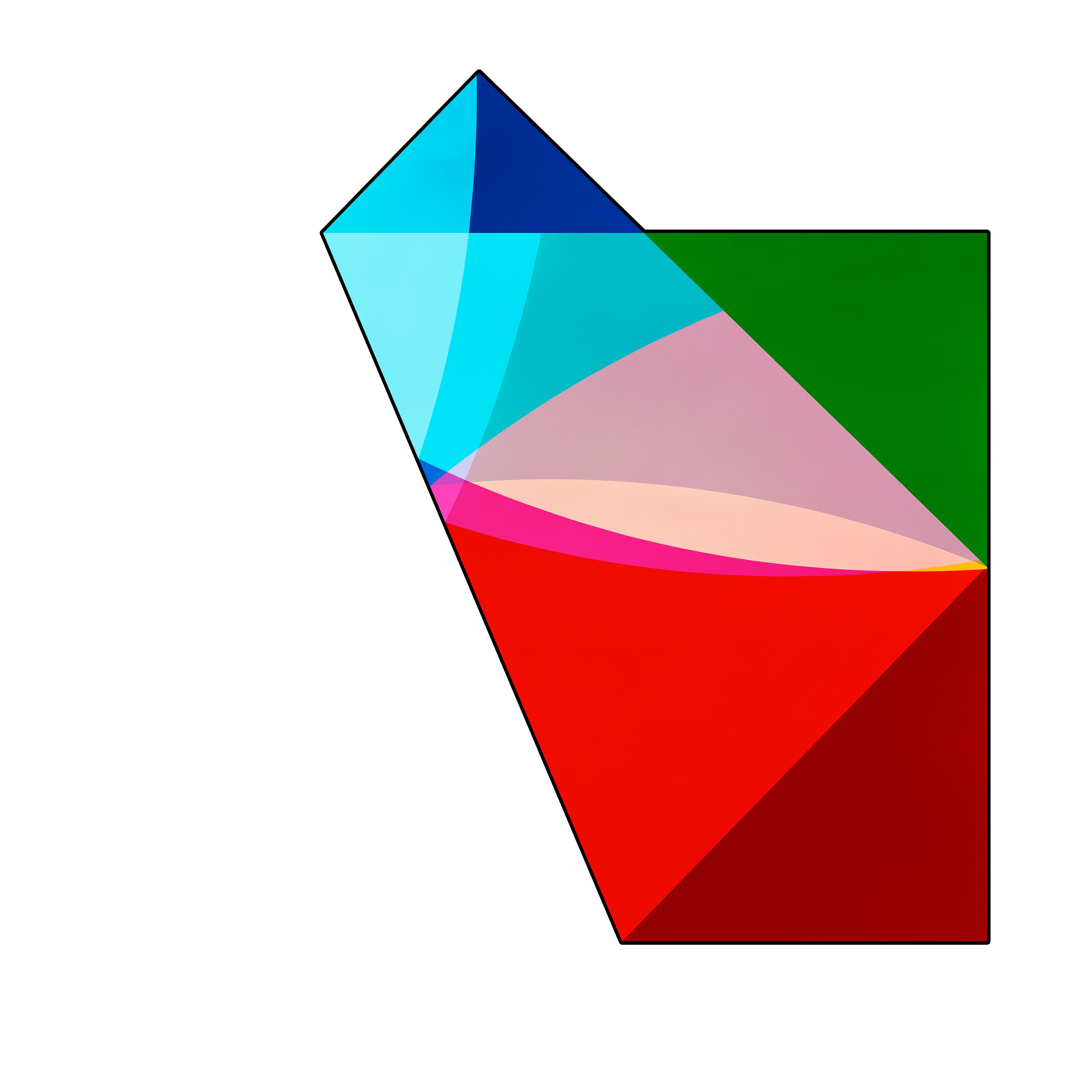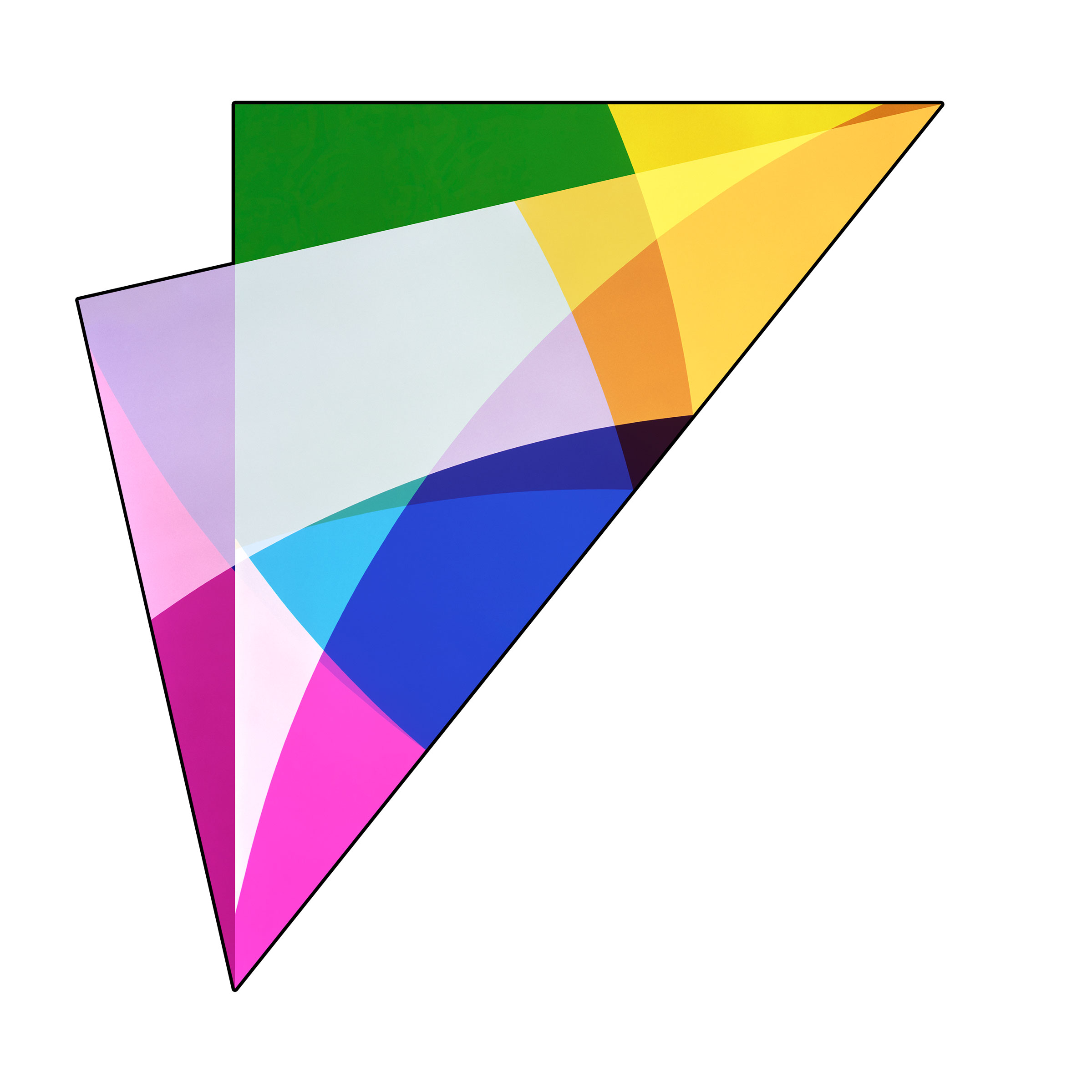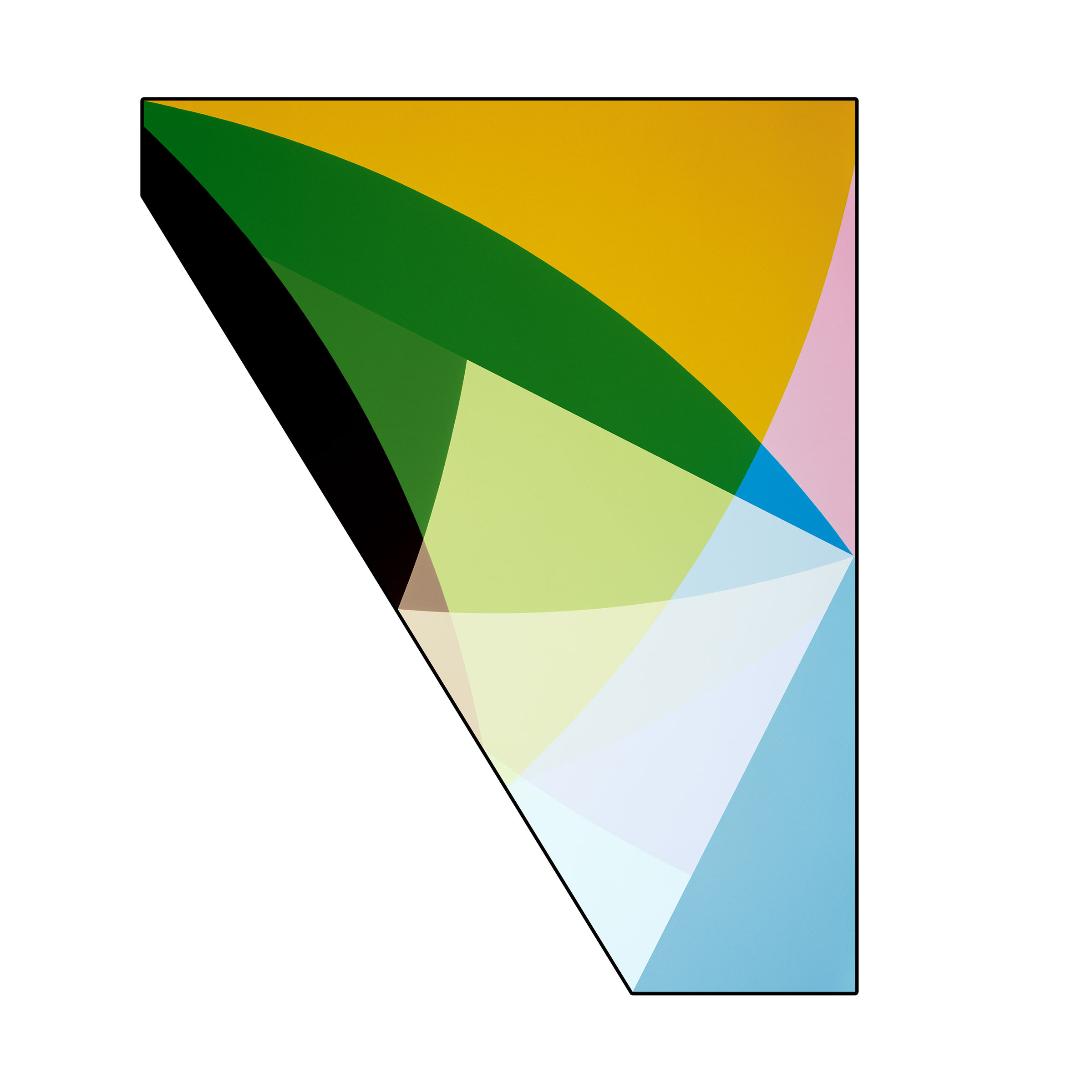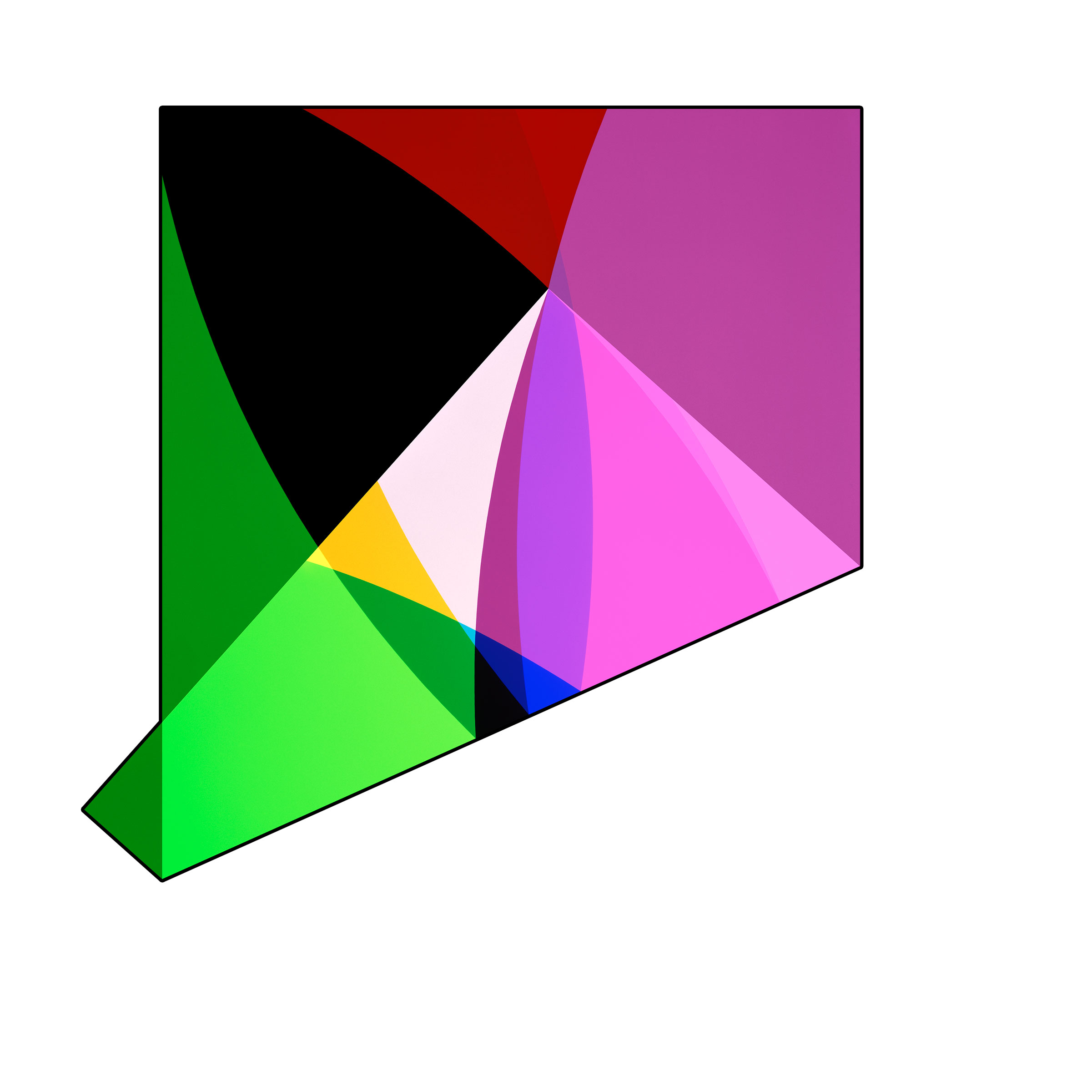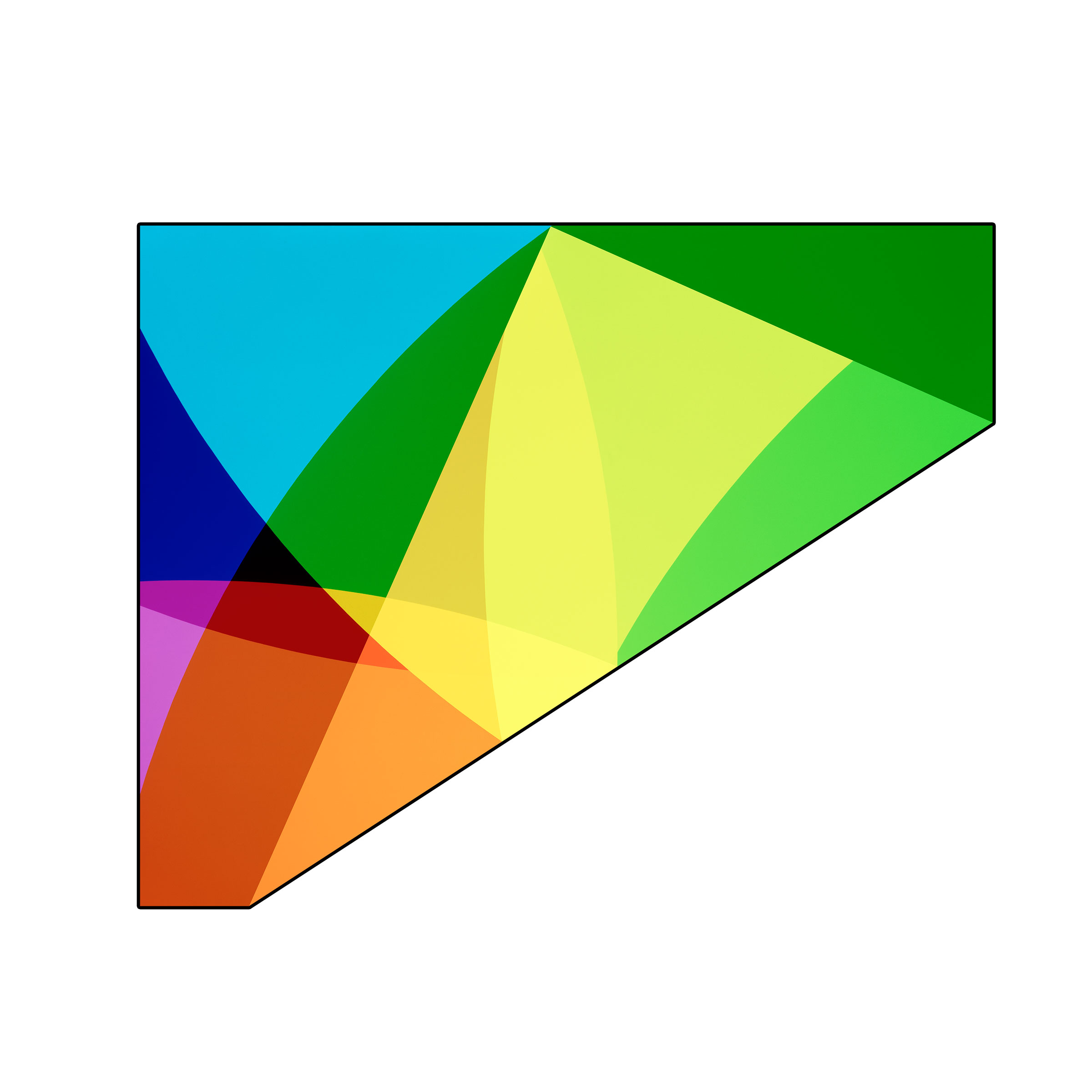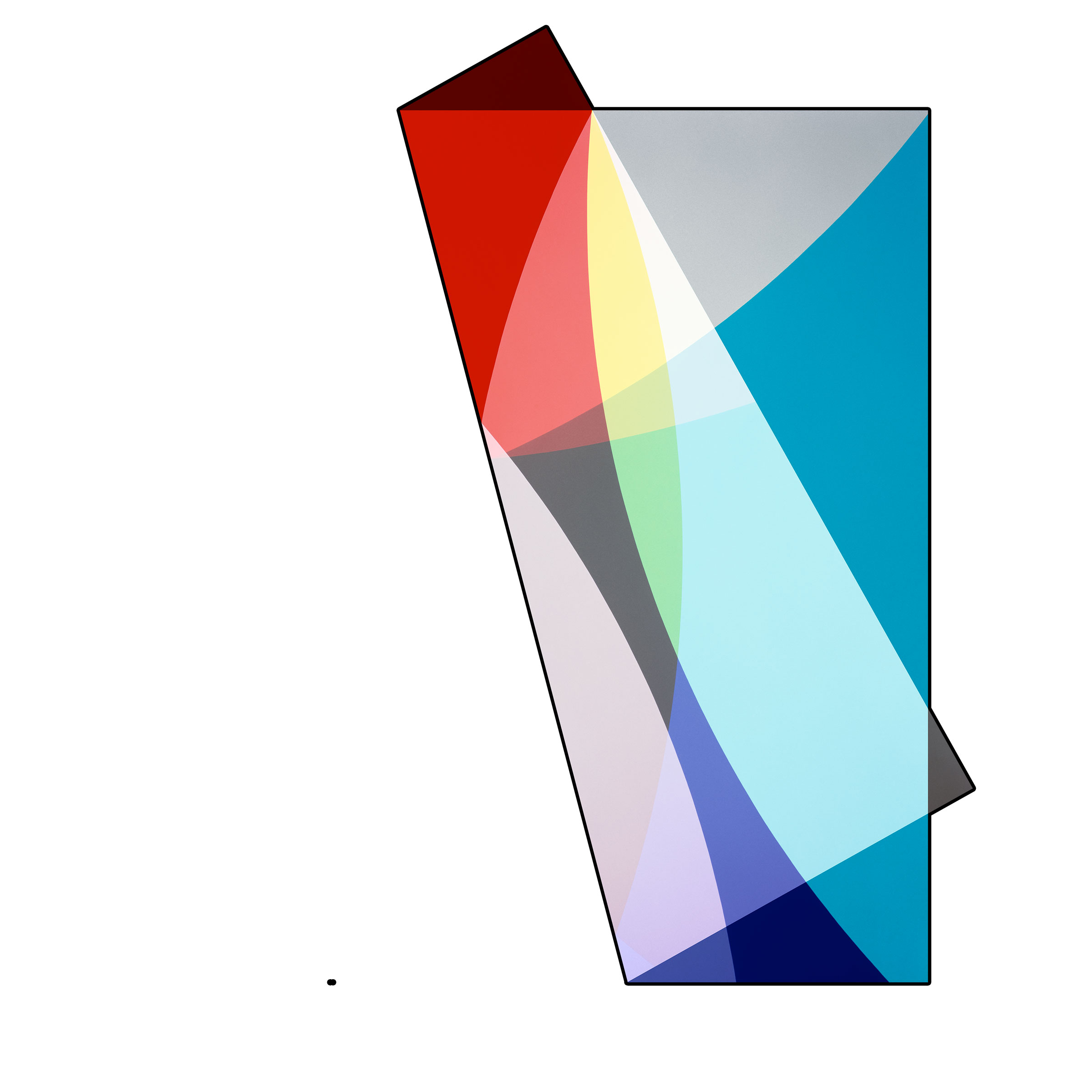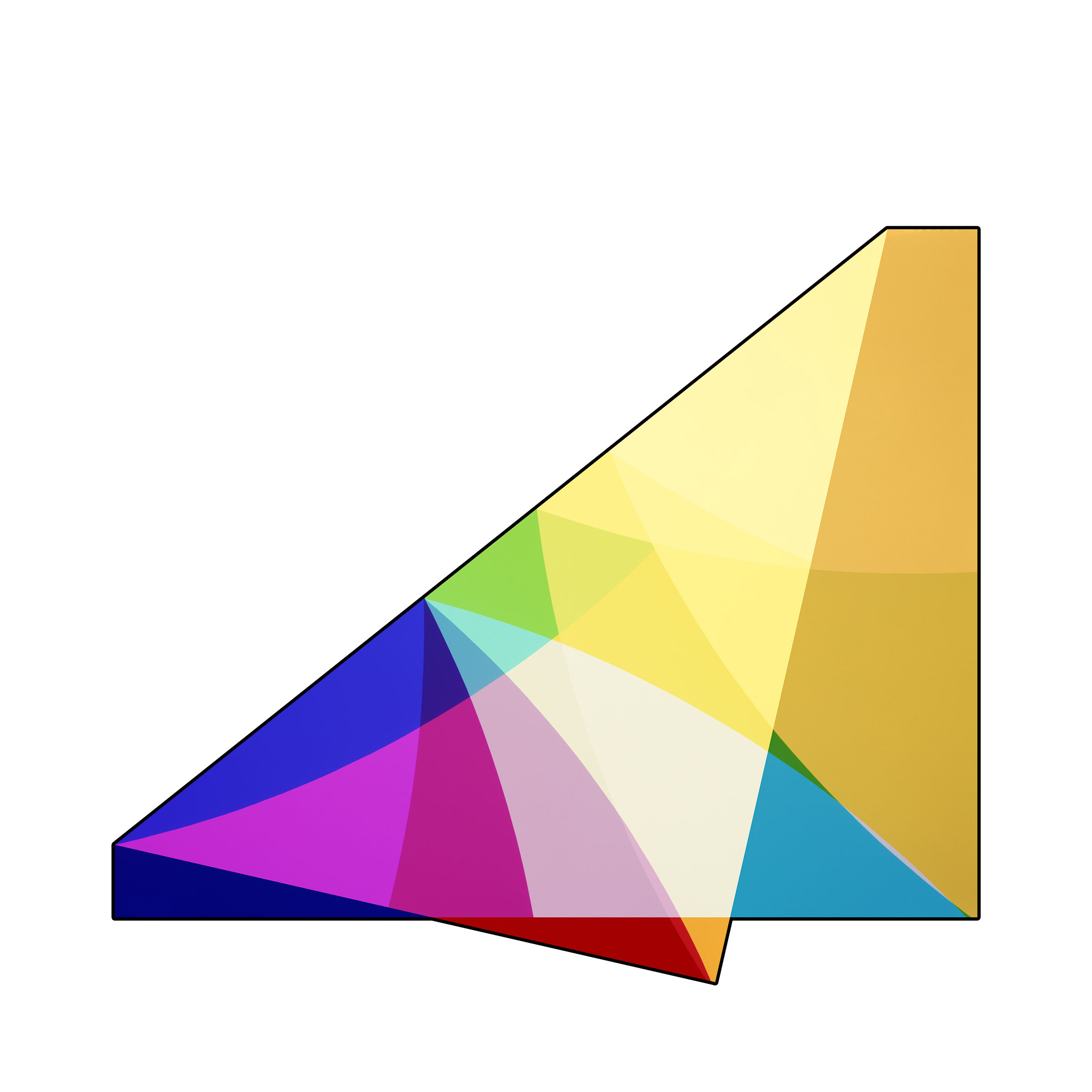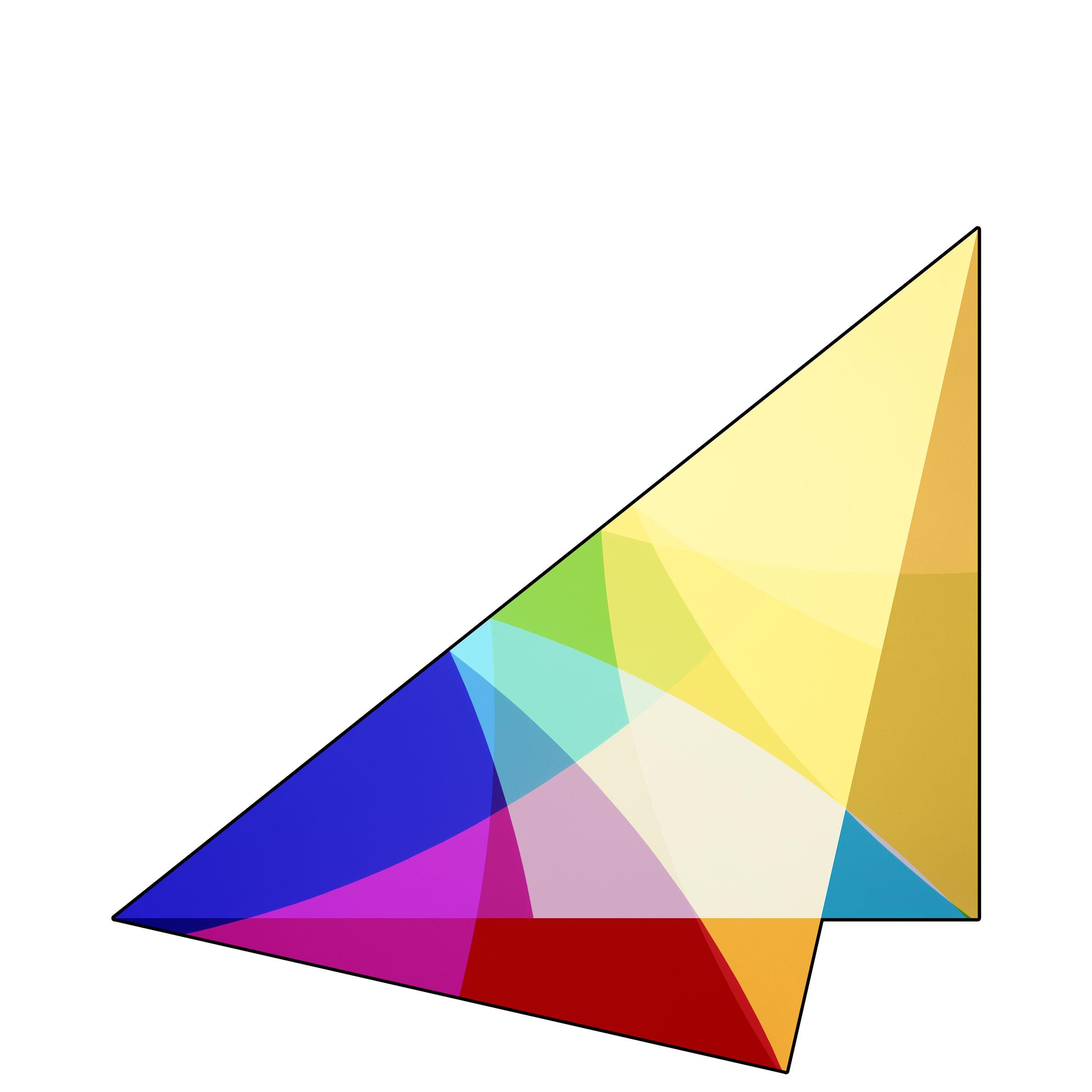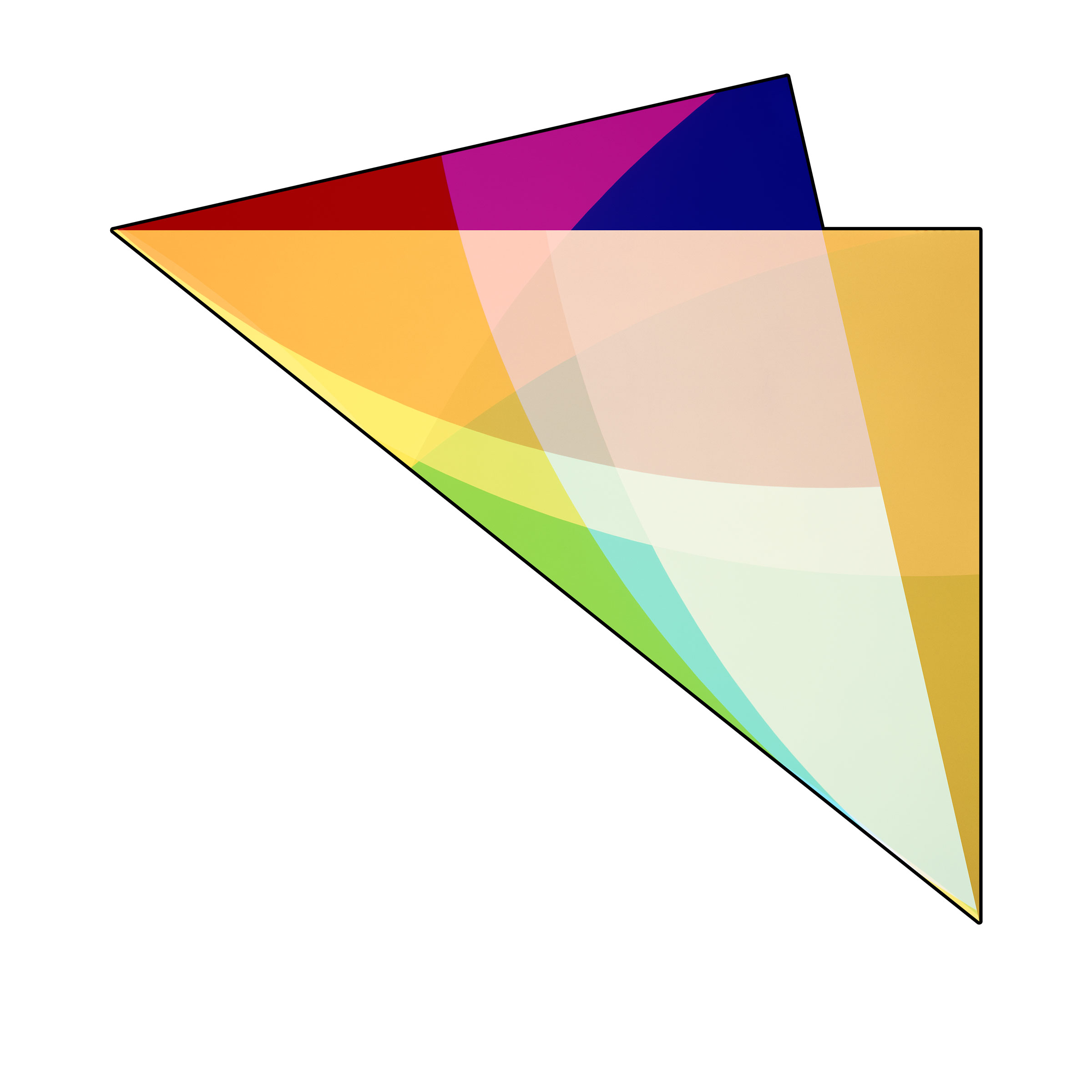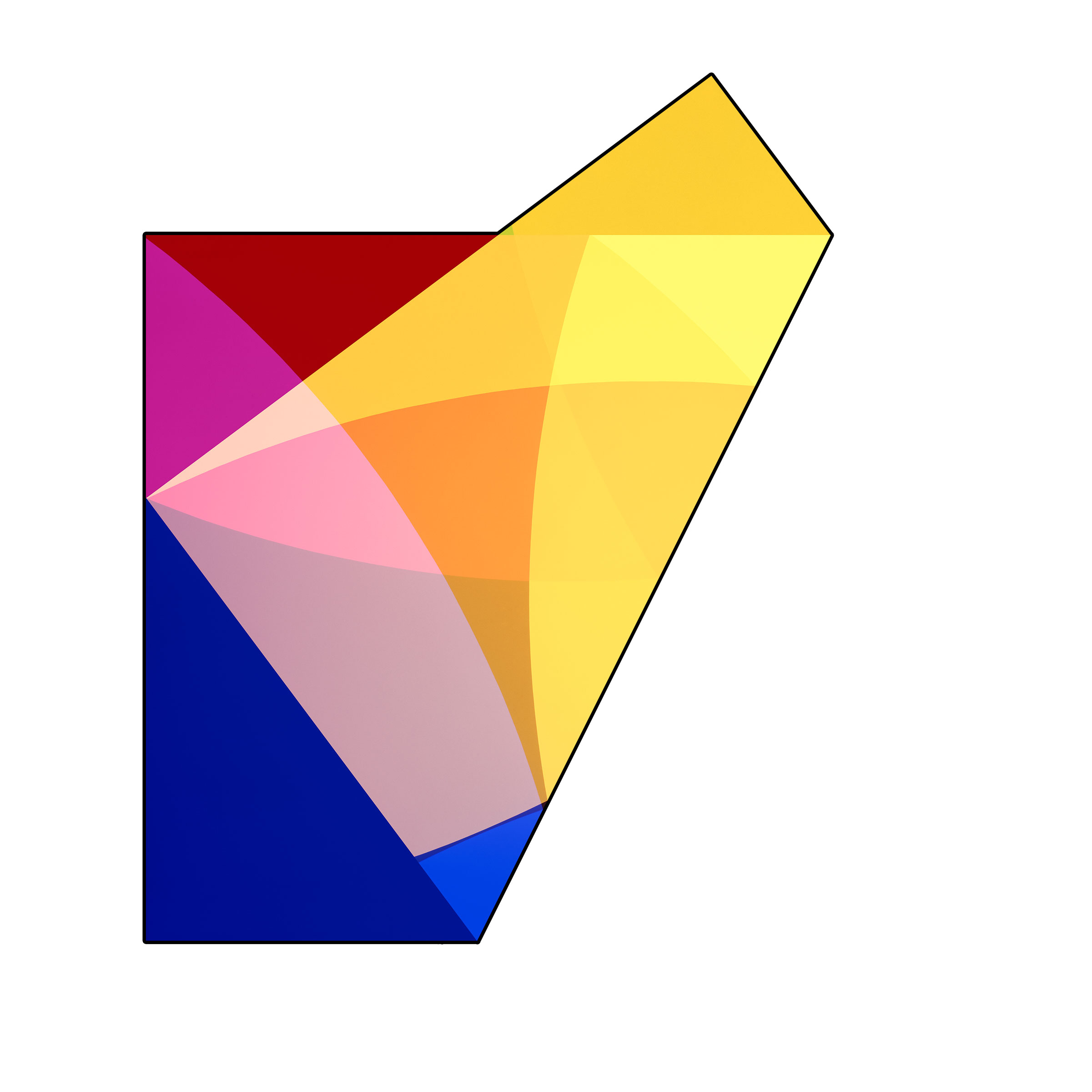Pictures
Photographs are flat objects with five sides, the fifth side being the surface of the photograph. This idea was already discussed by Lewis Baltz in his 1972 interview with himself.
The core idea of the ”Pictures” series is the film itself, it’s standard rectangular format with four corners and centers and then the film plane being folded.
The Pictures series challenges the customary formality of the photograph by introducing the idea of folding to be part of the finished work. Photographs are the art of content similar to cinema or literature but here these works are equally the results of the content and form. By the idea of folding, the form becomes content and content becomes form. The content and form are equal and cannot be separated.
The standard photographic composition is always based on the key points the films rectangular format. Its corners, it’s long side midpoints, short side midpoints and centers; the laws of perspective and balance. As everything in photography is based on the idea of doubles and halves; apertures, shutter speeds etc. In these photographs the photographic content, the lines and overlapping shapes are based on these key points of the film. Then when the film is being folded the folds are also based on these same key points. For example foldline from ”corner to corner” or ”corner onto corner.
The photographic film is also transparent which makes any film based image reversible. As the photographs are flirting with the idea of three dimensions and creates illusion, here the folding is actually merging the front and back of the image plane creating a loop like idea a bit similar to Mobius Strip.
The works are analogue photographs based on layers of light. The final fold is executed digitally based on actual model of folded sheet of film.
